On the castle trail around the Loire
Posted on September 17, 2017 by VINGT Editorial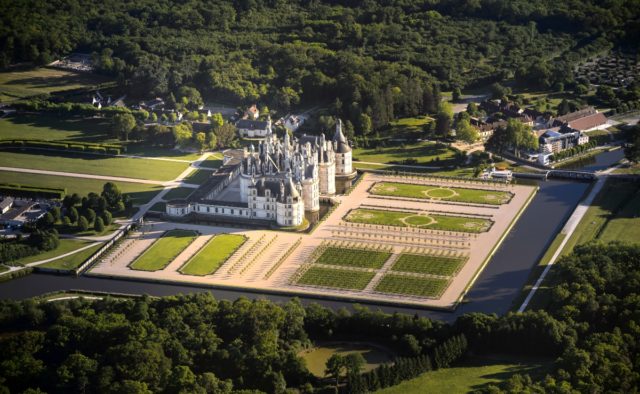
An aerial view of the spectacular Château de Chambord (Photo © Léonard de Serres)
From fairy-tale castles and riverside views to sprawling vineyards, a visit to the Loire Valley should be a must on everyone’s bucket list – and it’s all just an-hour-and-a-half train-ride from Paris. Here we bring you our essential guide…
Words: Caroline Harrap
Of all the diverse and beautiful landscapes that you will find across France, there can be few to rival that of the Loire Valley. There’s something almost ethereal about those pinnacled turrets, reflected back in the mirror-like water, while elegant gardens filled with fragrant flowers give way to vast vineyards as far as the eye can see. In short, it’s a scene straight out of a fairy tale.
On a rather more prosaic level, the Loire Valley, or Vallée de la Loire to give it its proper name, is located in the middle stretch of the Loire River in central France and has been inhabited since the Stone Age. Often referred to as the ‘Garden of France’, for its abundance of vineyards, fruit orchards, and artichoke and asparagus fields, the region is also notable for its historic towns, numerous châteaux and vaulted bridges. No wonder then that UNESCO saw fit to add the central part of the Loire River valley to its list of World Heritage Sites in 2000.
For those planning a visit for the first time, the first thing to say is that the region as a whole spans some 800 square kilometres (310 square miles) in all. So, it does take a little bit of planning – especially when you consider just now many famous towns there are to see here too: Amboise, Blois, Angers, Orléans and Tours, to name but a few. As a result, it’s best to do a bit of research beforehand, picking out a few key destinations. Plus, what better excuse to plan a return visit? Here, we’ve covered five places relatively close together, as they make a nice itinerary for an introductory tour and also include some of the best castles.
Castles in the air
In any event, one of the first places on everyone’s ‘Loire list’ is the picturesque town of Amboise. Famed for the magnificent 15th-century castle at its heart, the Château d’Amboise, this imposing residence is brimming with gothic charm. Once home to King Charles VIII, among others, the royal chambers, gardens and underground passageways are well worth exploring. Another highlight here is the tomb of Leonardo da Vinci, while just outside the town, in the artist’s former home of Château du Clos Lucé, you’ll find a great museum displaying working models of his designs. Every Sunday, there is also an excellent market by the river.
With so much to see here, it would be a shame not make a weekend of it, or, even better, this would also make an ideal location for the duration of your stay. Either way, we can’t think of many places better than the boutique hotel, Au Charme Rabelaisien, just a stone’s throw from the castle. Located in an 18th century mansion house, the characterful building and enchanting garden are complemented perfectly with mod cons ranging from a heated outdoor swimming pool and spa area to a bar and breakfast room. For lunch or afternoon tea, we recommend Maison Bigot Salon de The, a lovely place with a fascinating history, while the two-star Michelin restaurant of Hôtel Anne de Bretagne is a trusted place to eat at any time of the day.
A touch of magic
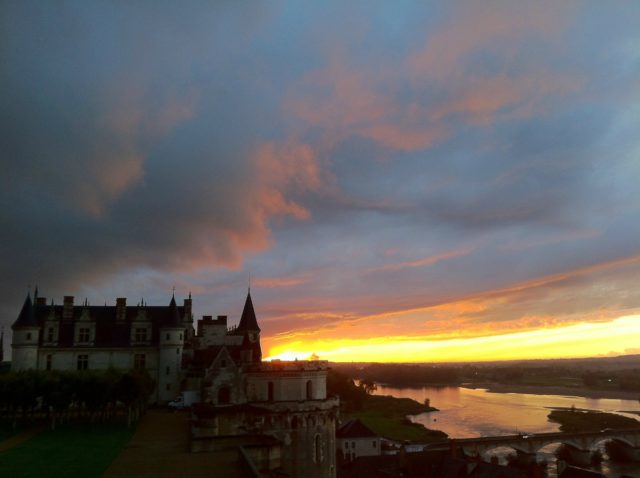
The château at Blois boasts breathtaking views across the Loire
Next up on your itinerary should be the beautiful town of Blois – where you’ll also find one of the other must-see castles. This spectacular royal château constitutes a unique example of the development of French architecture from the 13th through the 17th century, having been home to seven kings and 10 queens. Also classified as a Museum of France, it houses some 35,000 works of art, including masterpieces by Ingres, Rubens and Boucher. If all that wasn’t enough, it also boasts the most beautiful view over the ancient streets of Blois and across the Loire.
Another must-see here, just across the square from the château, is the Museum of Magic (Maison de la Magie) – which has a surprise in store right from the off. Every half an hour, six giant gold dragon-heads spring up at the windows. Found in the former home of watchmaker, inventor and conjurer Jean Eugène Robert-Houdin (1805–71), after whom the American magician Harry Houdini named himself, it’s the only public museum in Europe to showcase the history of magic and present permanent live entertainment in the same place.
For a special dinner afterwards, the Michelin-starred L’Orangerie du Château is housed in a striking 15th-century building set in beautiful gardens. Showcasing the very best traditional cuisine from the Loire Valley, it is not one, however, for the vegetarians. Instead, they should head to the equally atmospheric but rather more relaxed Le Castelet. Found in a charming 16th-century house, this place is that real rarity; a French restaurant that caters for everyone with meat, veggie and even vegan dishes. Alternatively, hidden away on a tiny square, Les Planches is famed for its fresh, seasonal produce (they also serve until 11pm in case you get caught up with your sightseeing).
King of the castles
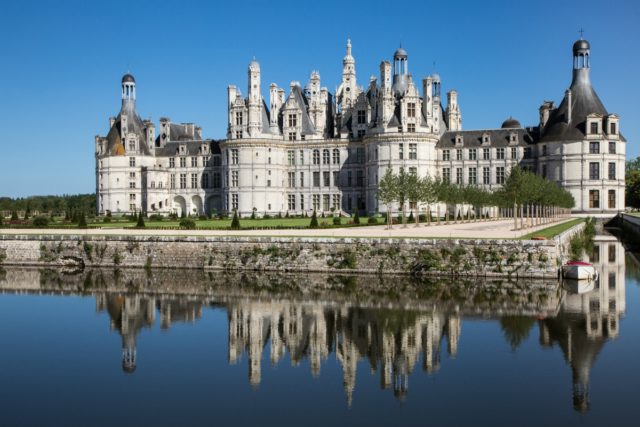
The fairy-tale spires of Château de Chambord (Photo © Sophie Lloyd)
So, onwards next to the small town of Chambord, home to the largest and most visited castle in the Loire Valley (and second in France only to Versailles). Set in a 5,000-acre woodland estate (take the tour in the 4×4), the Château de Chambord is one of the most recognisable châteaux in the world. Famed for its distinctive French Renaissance architecture, there are so many things say about François I’s fantastical castle that it’s easily worth a feature in its own right. Suffice to say, though, the celebrated French writer Victor Hugo was moved to comment: “Can you imagine…that ever since I saw Chambord, I have been asking anyone and everyone: Have you seen Chambord?” Our sentiments exactly!
For some sustenance here, there are three dining areas located around the castle, all offering a wide-ranging variety of culinary products but with an emphasis on regional cuisine. Found in the heart of the castle, we recommend Café D’Orléans for its brilliant location, complete with a terrace overlooking a courtyard – though check ahead as there are seasonal opening times. In addition, on the village square of Chambord, there are restaurants and shops, both offering local specialities, offering all-year round.
Live like kings and queens
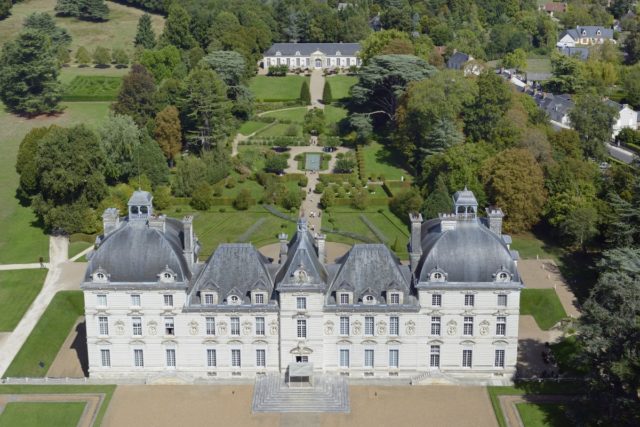
The enchanting setting of Château de Cheverny (Photo © Chicurel)
Continuing our tour apace, it’s on next to the Château de Cheverny, a grand estate that has been in the same family for over six centuries – but, let’s be honest, most famous now for being the inspiration for the castle of Captain Haddock in Hergé’s Tintin. Having first opened to visitors in 1922, one of the first private homes on this scale to do so, nearly a hundred years on, interest shows no sign of abating. Today, visitors can get a sneak peek into a ‘real-life’ castle, explore the beautiful parkland, elegant gardens and magical maze, and see the interactive Tintin exhibition where you can become part of Herge’s famous comics. Finish off with lunch or tea in the Café de l’Orangerie, set in a beautiful 18th century building with large bay windows and a terrace, or in winter, head to the Trophy Room for a mulled wine or hot chocolate by the roaring log fire.
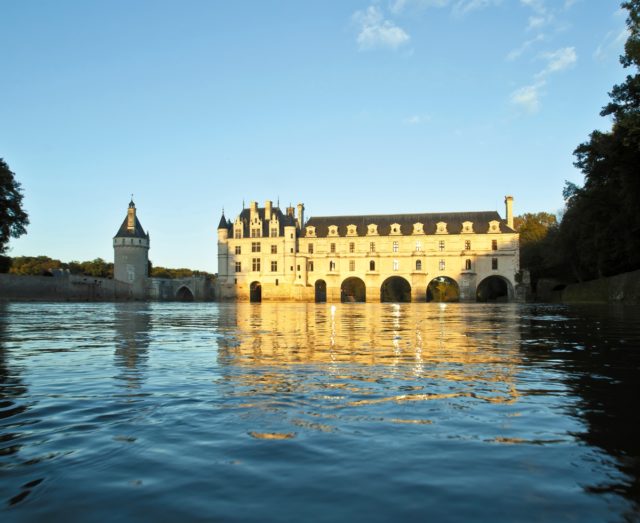
Reflections across the water at Chenonceau (Photo © Image de Marc)
A French fairy tale
Last but by no means least, even the most cursory castle trail of the Loire would not be complete without a visit to the Château de Chenonceau, located near to the small village of Chenonceaux. Arguably one of the romantic and beautiful of the châteaux, this spectacular piece of architecture spans the Cher river, its distinctive arches perfectly mirrored in the water below. Known as the “women’s castle”, it is also notable for being the only castle built, decorated, inhabited and saved by women, with Katherine Briçonnet, Diane de Poitiers and Catherine de Médicis all leaving their legacy here. Ladies and gentlemen alike will enjoy discovering its fascinating history, “floating” parterre gardens and fine-dining restaurant, The Orangerie (open mid-March to mid-November), with its lovely tree-lined garden.
So, there you have it; a fleeting tour of just a few of the many beautiful castles of the Loire. You could be forgiven for thinking you had just stepped into a French fairy tale.
- For more information on visiting the Loire Valley, see http://au.france.fr/en/discover/loire-valley and https://www.valdeloire-france.com/
